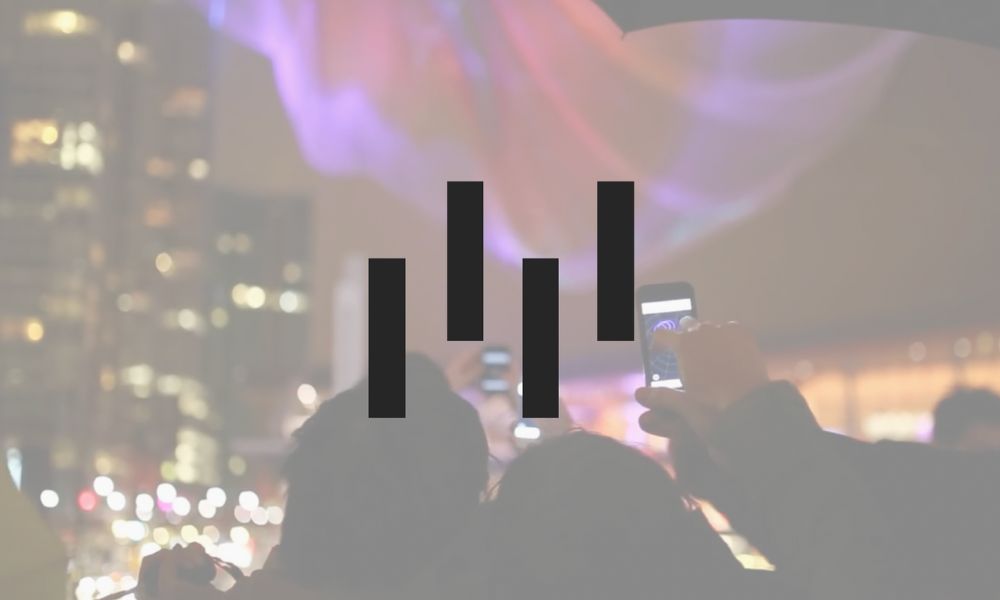
Experiential marketing provides a direct, immersive way for brands to connect with their target audience. Elevating your experiential marketing strategy requires focusing on brand recognition and multisensory experiences. Let’s dig deeper into the role of audio in experiential marketing to set your strategy on the right path now.
Immersion for the Audience
Marketers are crafting campaigns that go beyond mere transaction, aiming to captivate the consumer’s senses, emotions, and intellect, with immersive brand experiences as the centerpiece. This marks a pivotal shift to a more holistic sensory approach, where every aspect of consumer interaction bears the brand’s indelible imprint.
For instance, VR is a common example of modern experiential marketing—it goes beyond being a TV ad and becomes a tactile experience. Audio grounds these experiences in an immersive environment, such as the sound effects that bring a virtual reality showcase to life. Likewise, the sounds of the products that each member of your target audience interacts with bring the brand to life.
The Sonic Impression
The role audio plays in experiential marketing is critical to making the right first impression. Each sound helps curate the experience’s ambience, which speaks to your brand’s overall tone.
Auditory experiences, in particular, can evoke powerful emotional responses. From the lilting whispers of luxury brands to the faster tempo’s and booming basslines that signal high-energy retail environments, sound carves identity and shapes memory.
Not only must you create the right sound cues, but you must also optimize the volume for an immersive but unobtrusive experience. Simply put, music and other audio in your experiential marketing strategy shouldn’t be obnoxiously loud. Focus on sounds that are commanding and present but aren’t loud enough to distract or annoy your potential customers.
The concept of a sonic identity is becoming as indispensable as a visual logo. Through meticulously crafted sounds, brands can assert their presence across diverse media landscapes, ensuring recognizability and fostering emotional connections with consumers. In experiential marketing, use your audio cues in tandem with carefully curated visuals to truly immerse your audience in the experience.
Letting the Brand Shine
Sound is deeply intertwined with memory, emotion, and cognition. In creating a soundscape for brands, it’s necessary to tune into the psychological underpinnings of sound. The right sound, at the right time, can subliminally nudge consumer behavior, casting impressions that last.
The “ding” of a text message, the hum of a bustling airport, or the clack of heels on marble floors—these sounds, unspoken icons of our daily existence, prime our brains for action. They set the scene, guide our focus, and influence the emotional color of the moment.
In a marketing context, this means sound is a navigator, able to steer the narrative surrounding a product or service. Create an experiential marketing plan that relies on auditory experiences that perfectly embody your brand’s values.
Taking your core values and transforming them into sound assets ensures that you can communicate with your audience without having to say anything. With the right audio, anyone using your products or watching your ads will easily understand your brand.
For example, at CMoore Sound, our experiential sound design services focus on creating a soundscape that matches your brand ethos accurately. Develop your experiential marketing strategy using the information above to start building an immersive experience that embodies your brand beautifully.